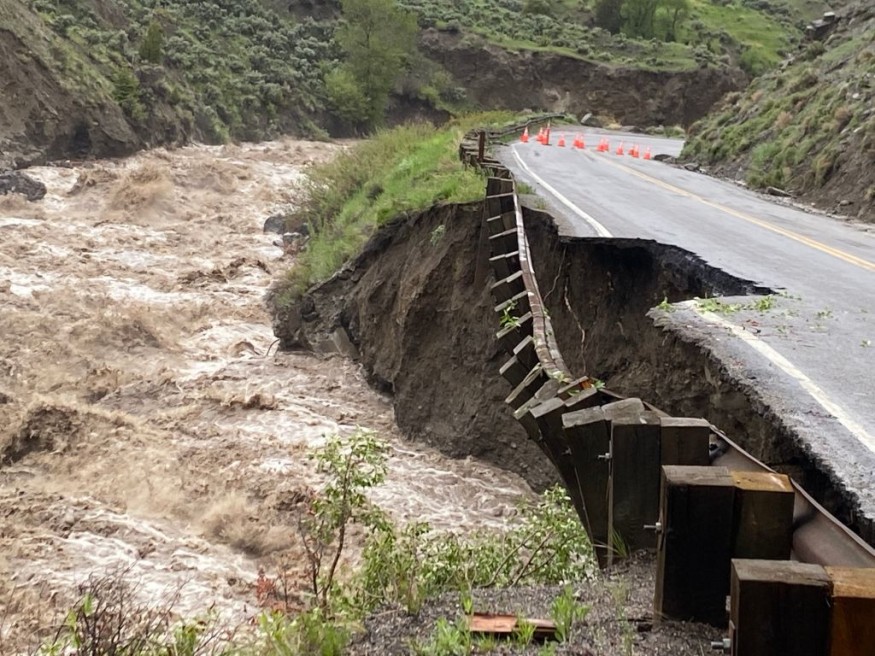Yellowstone National Park was also struck by an earthquake swarm prior to a flooding, mudslide, and landslides due to heavy rain and snowmelt earlier this week, which led to its indefinite closure.
While the Yellowstone is situated above a seismically active region in the United States, the swarm may have posed a potential risk to the recent climatic danger the site faced.
Moreover, latest reports indicated that local authorities have warned communities near the Yellowstone that the local drinking water has become unsafe in the area.
This makes both water and food rationing a challenging task for both residents and officials.
In addition, the authorities issued an alert to the public for displaced wildlife at Yellowstone. In particular, the alert pertains to being cautious when it comes to roaming wild animals and smaller species.
The advisory serves as both a protection to both people and animal in the area.
The recent Yellowstone flooding has been deemed to be a very rare natural phenomenon, which led to the destruction of infrastructure, including bridges, roads, and houses.
Flash floods washed away small cabins and led to localized power outages affecting nearby towns.
The catastrophic event also pave the way for a declaration of a state of emergency. Thousands of people have also been evacuated from the area as the Yellowstone will be closed until further notice.
In spite of the widespread damage, there were no reported fatalities or injuries from the flooding.
Earthquake Swarm

A 24-hour earthquake swarm hit the Yellow Stone National Park on Sunday, June 12, even before the closure and widespread flooding.
Details regarding the small earthquakes emerged on Tuesday, June 14, based on a data from the seismograph stations by University of Utah, according to Newsweek.com.
The data shows that dozens of quakes with a 2.4 magnitude struck the area of Grizzly Lake in different time of the day and in varying depths.
The US-based news outlet also cited an assessment from the Michigan Technological University, indicating that magnitudes 2.5 or lower are not usually felt and are can only be detected by a seismograph.
Water and Food Rationing
Since the Yellow National Park is not likely to open soon, people in the area are facing an arduous task of rationing necessary resources and supplies.
This comes after the drinking water in Gardiner continued to be unsafe and forced local businesses to adapt, according to the National Public Radio, an American non-profit media organization.
A local café owner in the area reportedly said that the current water temperature is not ideal to make it as a safe water to drink.
Meanwhile, Cooke City and the Red Lodge town remain cut off from safe drinking water.
Furthermore, floodwaters disrupted a water treatment plant in Billings, Montana, making water filtration from its raw state into a clean one ineffective.
With this, authorities are urging the public to conserve water for the meantime.
Latest updates as of Wednesday evening, June 15, show that Yellowstone is still closed and may take a week to reopen again, while northern entrances will remain this summer season.
Road closures are starting to open and evacuated residents in Park County were allowed to come back home, according to USA Today.
Related Article : Yellow Stone National Park Closed Due to Intense Flooding and Mudslides
© 2025 NatureWorldNews.com All rights reserved. Do not reproduce without permission.





